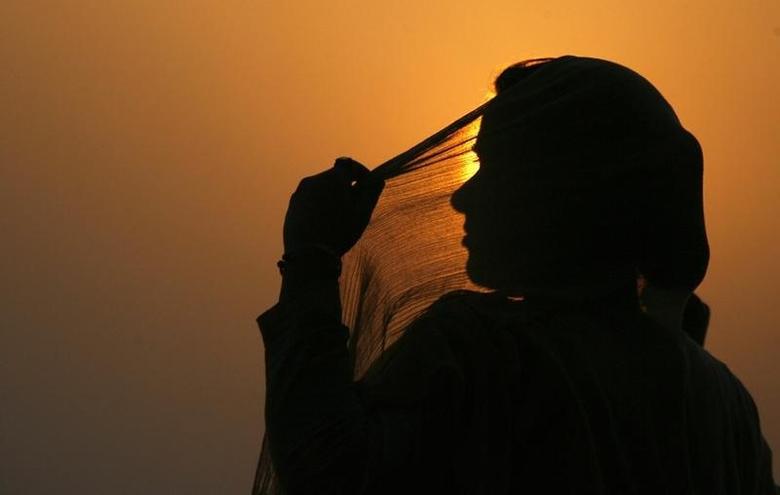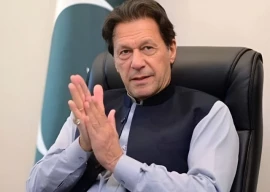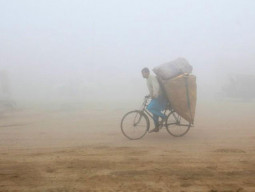
Iceland tops the list of countries followed by Norway and Finland.
“This performance represents an improvement from the previous edition, but it is insufficient to prevent Pakistan from falling in the rankings, as new countries have entered the rankings at a higher position,” the report stated.
A comparison of previous rankings shows that the overall ranking for Pakistan has drastically slipped from 112 in 2006 to 151 in 2020.
Likewise, the country slipped from 112 to 150 in economic participation and opportunity, from 110 to 143 in educational attainment, from 112 to 149 in health and survival and from 37 to 93 in political empowerment during the same period.
However, Pakistan improved on some indices and was marked stable in others. The gap remains cavernous in terms of economic participation and opportunities.
The report further stated that only one-quarter of women participate in the labour force i.e. working or looking to work compared with 85% of men.
“Only 5% of senior and leadership roles are held by women (146th), twice the rate of 2016. It is estimated that only 18% of Pakistan’s labour income goes to women (148th), one of the lowest share among countries studied.”
While the majority of countries have bridged or nearly bridged the educational gender gap, Pakistan’s still stands at almost 20%.
“Less than half of women are literate, compared with 71% of men, while the share of women enrolled is systematically lower than the share of men across primary, secondary and tertiary education,” read WEF’s report.
In health and survival, the gap widened to 94.6%, which means that women in the country do not have the same access to healthcare as men.
Among the seven South Asian countries included in the index, Pakistan is rated at the very bottom.
Bangladesh ranked 50, followed by Nepal 101, Sri Lanka 102, India 112, Maldives 123 and Bhutan 131.
Among the eight regions of the world, South Asia’s gender gap is the second largest after the Middle East and North Africa (MENA) region, where only 61% of the gender gap has been closed.
In terms of female representation in parliament and in cabinets, South Asia’s performance is largely in line with other emerging regions.
For example, women represent 20% or less of the parliament in six of the seven countries studied, the only exception being Sri Lanka.

















COMMENTS
Comments are moderated and generally will be posted if they are on-topic and not abusive.
For more information, please see our Comments FAQ